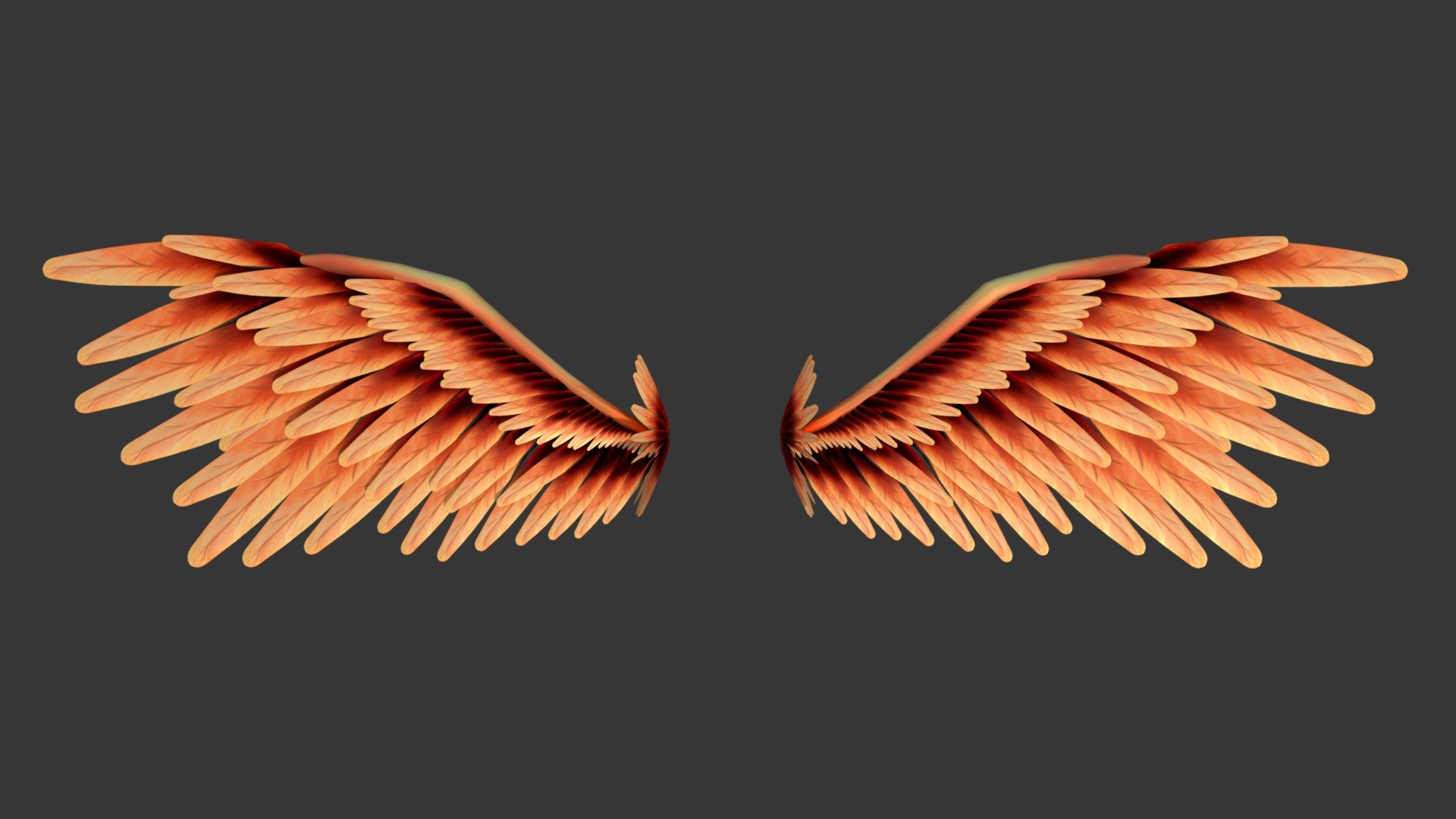

The drag created on the wingtip of the wing for the air separation between upper and lower air is called induced drag. This is only possible by reducing drag force of the whole aircraft. The main concern of the designers is to improve a model efficiency by consuming less fuel and high speed for covering a certain distance. The worst performing designs were surprisingly the fenced and spiroid designs, which had efficiencies on par with the wing without winglet.Ĭonventional aircraft has a streamlined body and consist of two wings. The shark fin-alike winglet was overall the most efficient design, followed shortly by the famous blended design found in many mid-sized airliners. The result from this study showed that the overall efficiency of the wing varied depending on the winglet design, with some designs noticeable more efficient than others according to the CFD-simulations. At last, the efficiency of the wing was furtherly determined by evaluating its lift-to-drag ratios with the obtained lift and drag forces. By using computational fluid dynamic (CFD) simulations alongside wind tunnel testing of scaled down 3D-printed models, one can evaluate such forces and determine each respective winglet's contribution to the total lift and drag forces of the wing. The focus has been laid on studying the lift and drag forces generated by merging various winglet designs with a constrained aircraft wing.
#IMPROVING WINGS 3D FREE#
Particle image velocimetry test showed that the winglet with slots lowered induced drag, the peak azimuthal velocity, entropy generation and the separation between the wingtip vortex and Free shear layer of the wingtip vortex.Īerodynamic drag can be decreased with respect to a wing's geometry, and wingtip devices, so called winglets, play a vital role in wing design. This analysis is done as a confirmatory study of the previous force-based experiment which showed drastic change in wing performance at higher angles of attack. The outcomes of the simulations were compared between the slotted and solid winglets at various cant angles in order to determine the variation in performance. The analysis of a total of three wing-winglet configurations is done on SU2, at a cant angle of 70°, two half wingspan length slotted winglets, and one-half wingspan length solid winglet is included. A comparative analysis on winglet with and without slots on a NACA 0012 of Aspect ratio 2 wing is conducted to find the impact on growth and rollup of the wingtip vortex and its effects on induced drag, parasitic drag, coefficient of lift, coefficient of drag and other aerodynamic characteristics.


 0 kommentar(er)
0 kommentar(er)
